Latest NRAO News
News is managed by NRAO News & Public Information. Questions about News? Have a story to share? Want to interview a scientist or create new media about our telescopes?
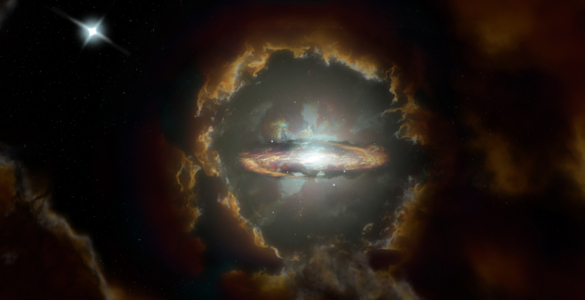
Galaxy DLA0817g, nicknamed the Wolfe Disk after the late astronomer Arthur M. Wolfe, is the most distant rotating disk galaxy ever observed.
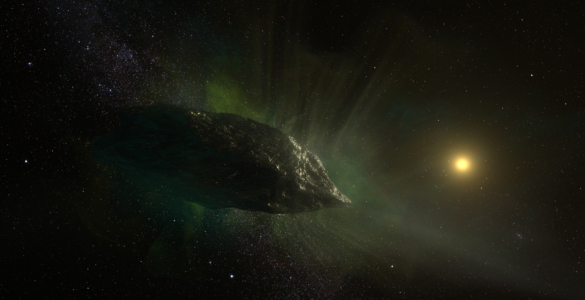
ALMA is the first telescope to measure the gases originating directly from the nucleus of an object that travelled to us from another planetary system.
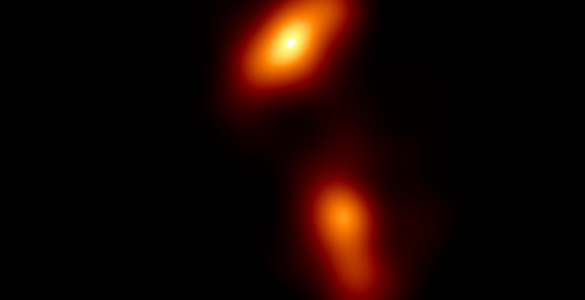
The Event Horizon Telescope has observed the finest detail ever seen in a jet produced by a supermassive black hole.
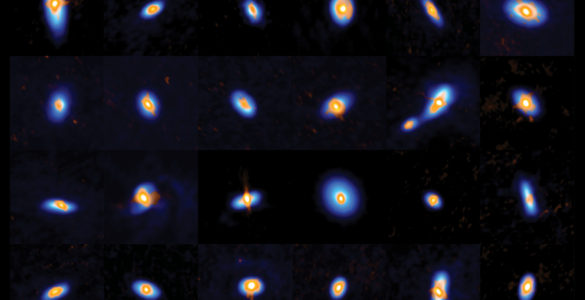
An international team of astronomers used ALMA and the VLA to create more than three hundred images of planet-forming disks around very young stars in the Orion Clouds. These images reveal new details about the birthplaces of planets and the earliest stages of star formation.
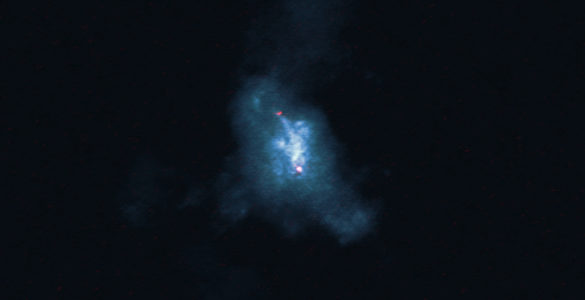
An international team of astronomers used ALMA to create the most detailed image yet of the gas surrounding two supermassive black holes in a merging galaxy.
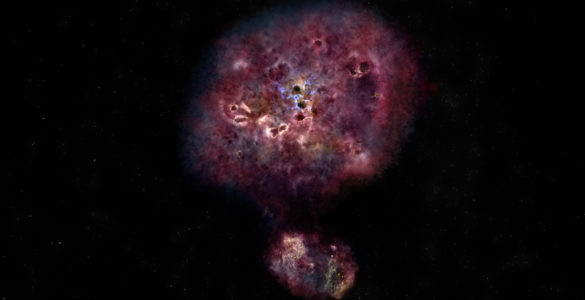
Astronomers using ALMA have spotted the light of a massive galaxy seen only 970 million years after the Big Bang!
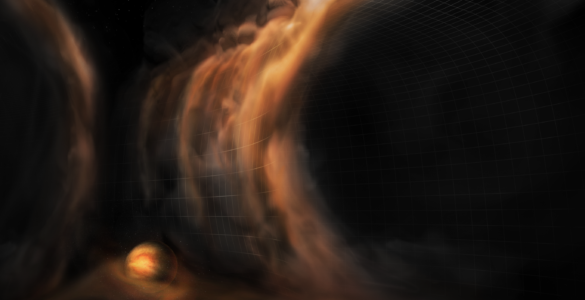
For the first time, astronomers using ALMA have witnessed 3D motions of gas in a planet-forming disk. At three locations in the disk around a young star called HD 163296, gas is flowing like a waterfall into gaps that are most likely caused by planets in formation.
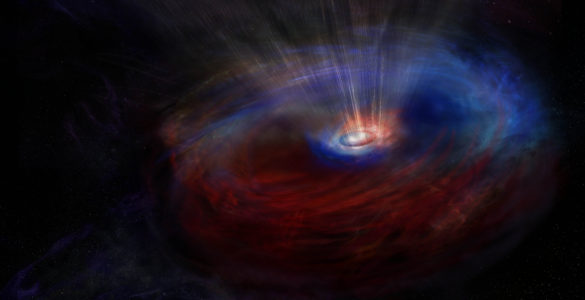
At the center of a galaxy called NGC 1068, a supermassive black hole hides within a thick doughnut-shaped cloud of dust and gas. When astronomers used ALMA to study this cloud in more detail, they made an unexpected discovery that could explain why supermassive black holes grew so rapidly in the early Universe.
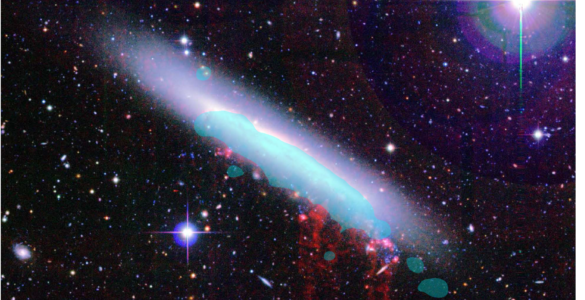
The first ever Canadian-led Atacama Large Millimeter/submillimeter Array (ALMA) Large Program has been approved for cycle 7. Dr. Brown and his colleagues will use the Atacama Compact Array (ACA) to study the influence of galaxy environment on star formation in the Virgo Cluster.
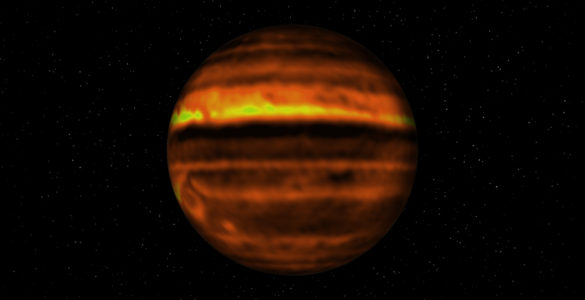
New radio wave images made with the Atacama Large Millimeter/submillimeter Array (ALMA) provide a unique view of Jupiter’s atmosphere down to fifty kilometers below the planet’s visible cloud deck.





